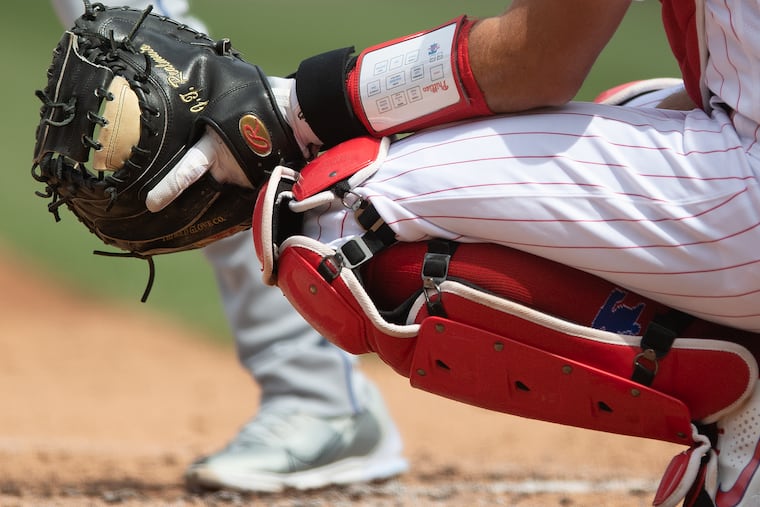Like ‘playing a video game’: Phillies seeing the value in new tech that transmits pitch signals
The Phillies are among the teams using wearable technology to communicate pitch calls, and they're finding other benefits beyond security.

The Phillies are among the teams using wearable technology to communicate pitch calls, and they're finding other benefits beyond security.
